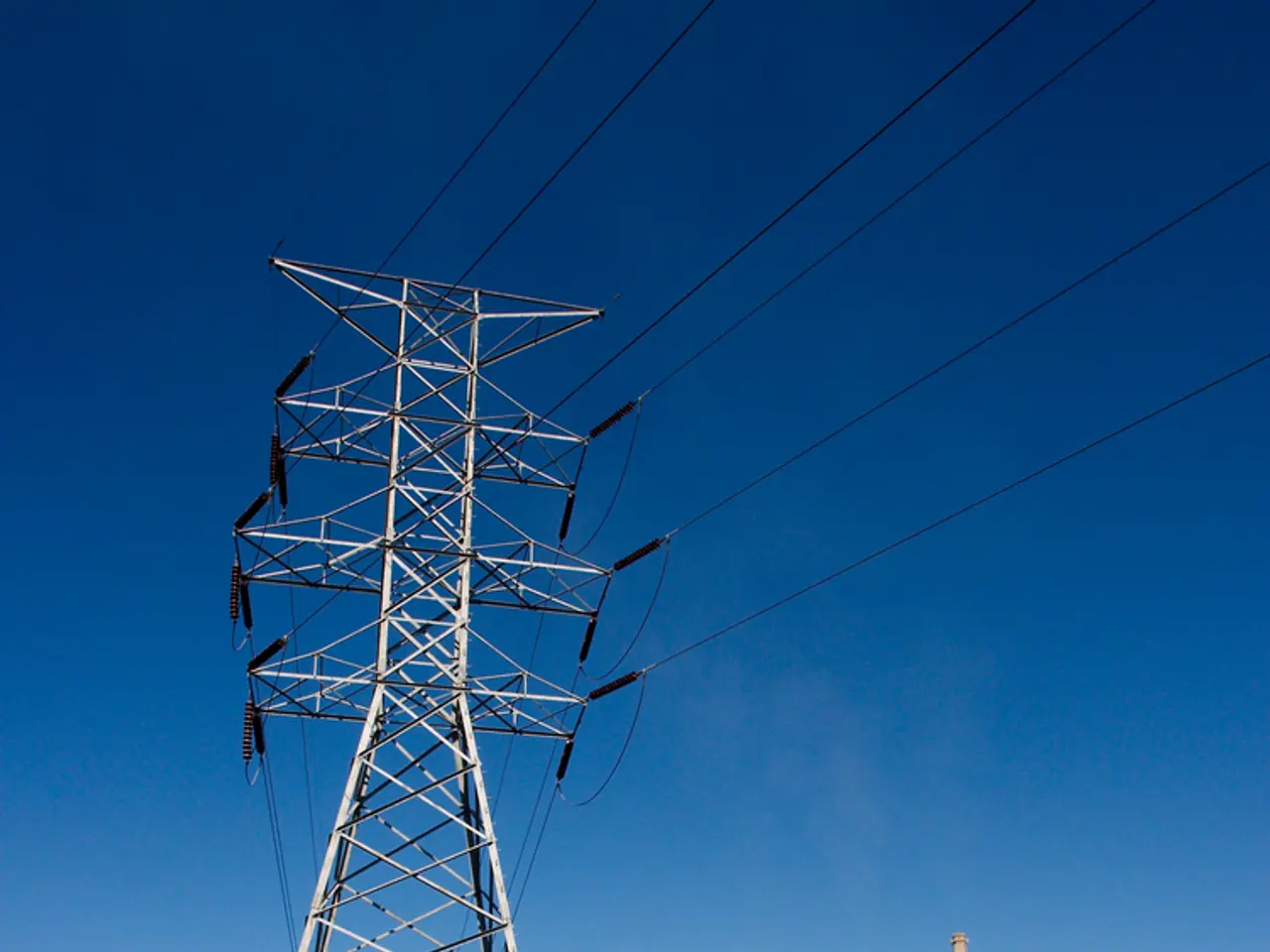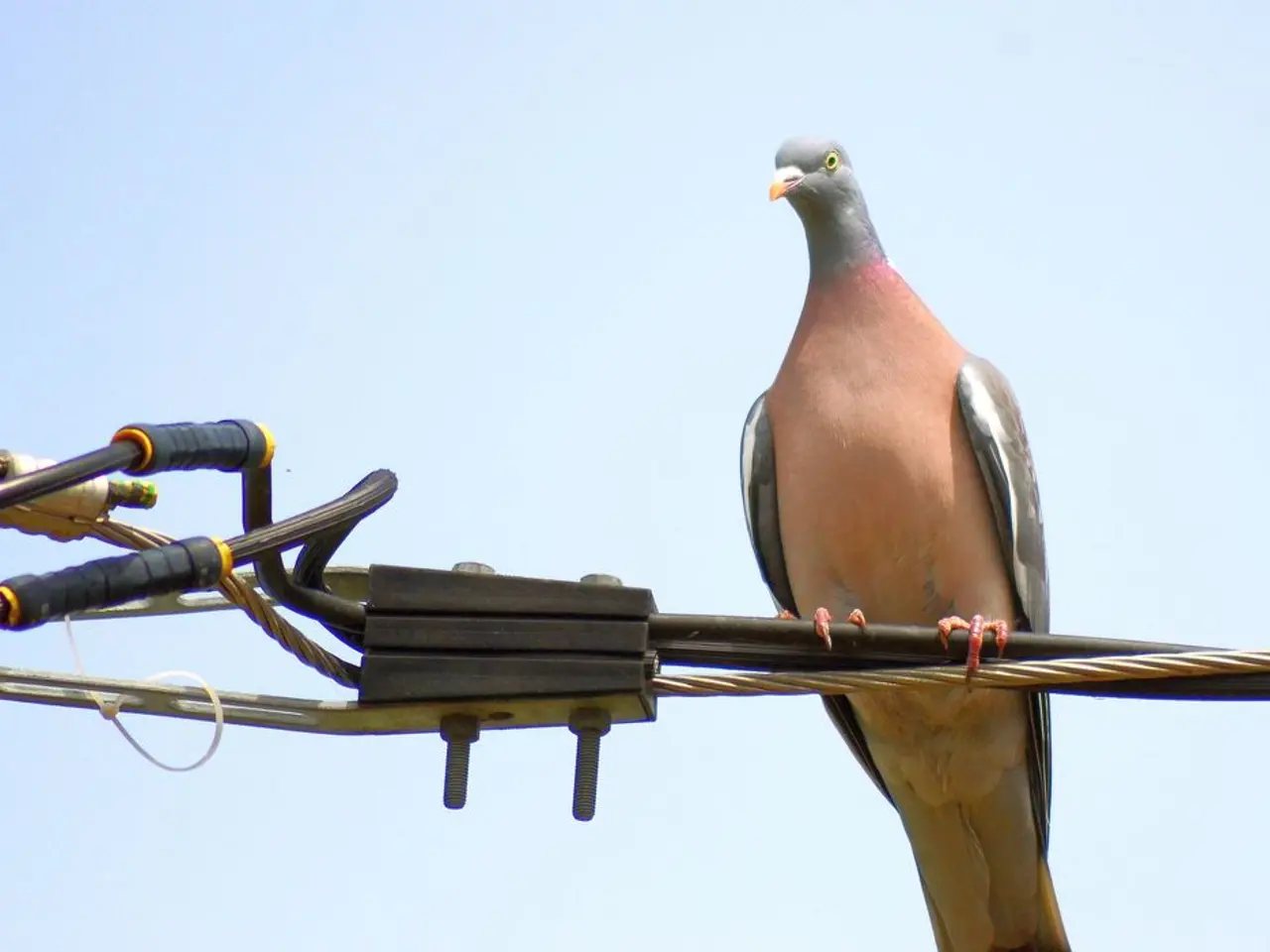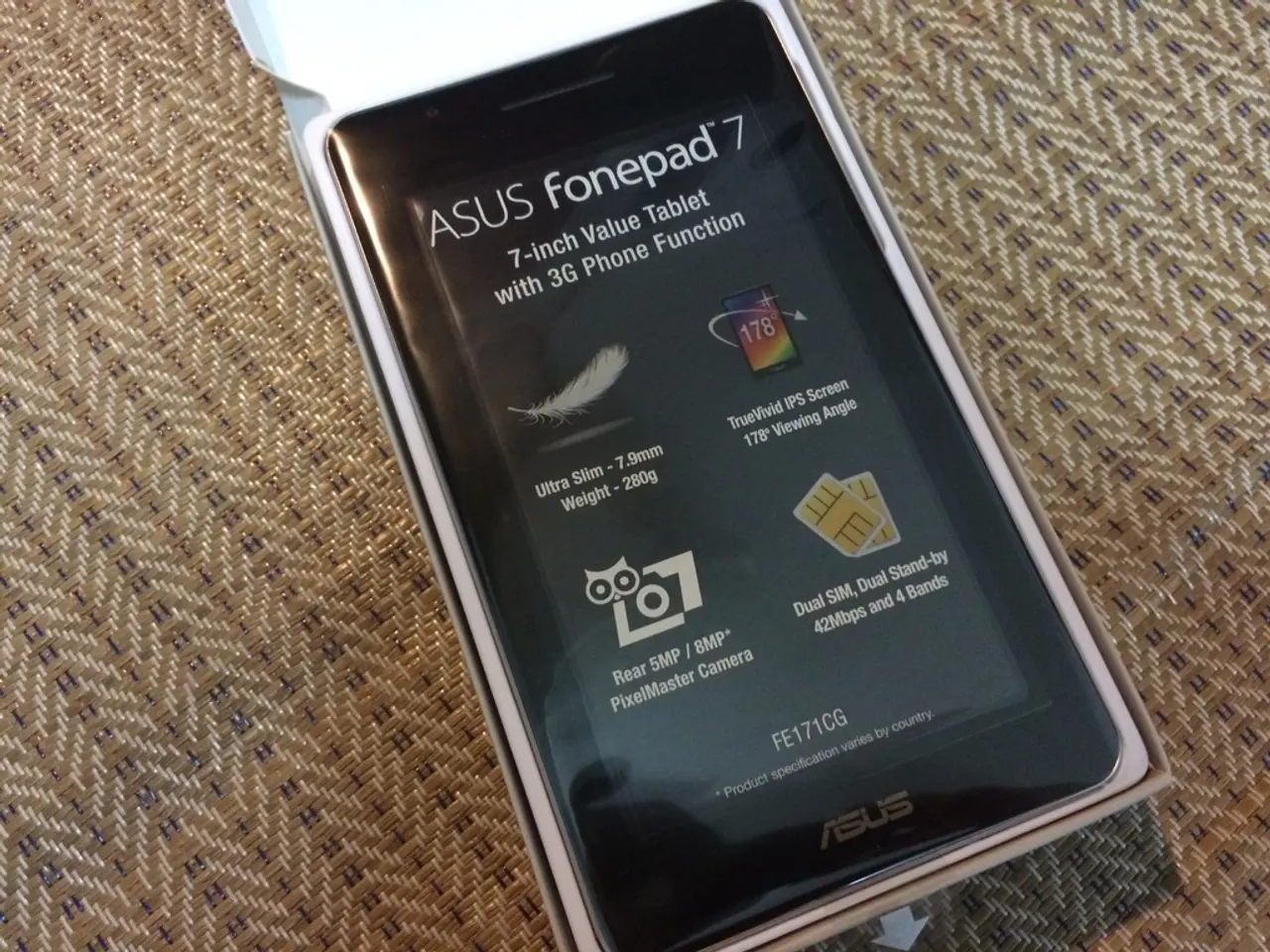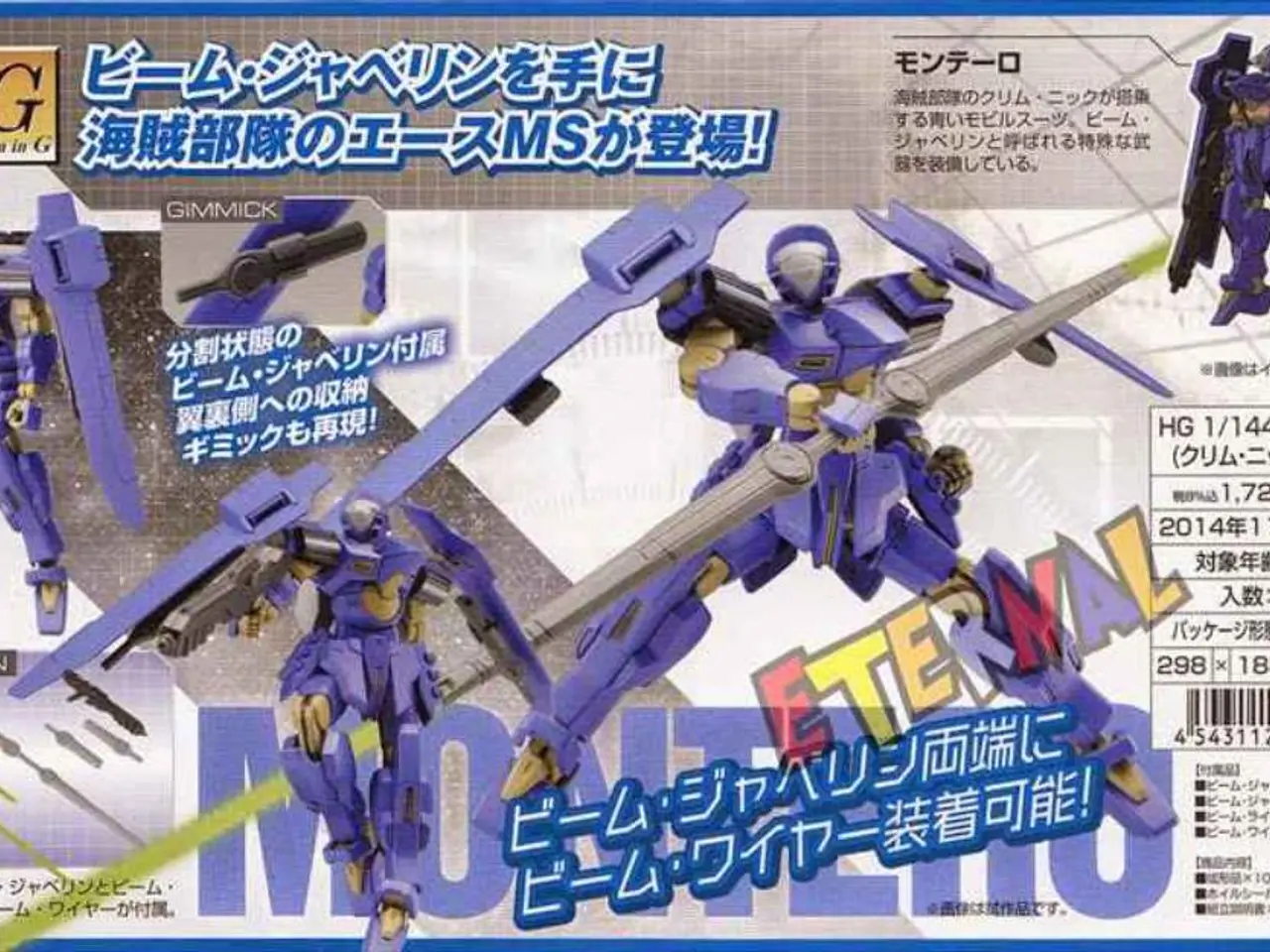Power Company Westnetz Conducts Aerial Inspection of the Power Grid
The power grid, often vulnerable to external influences such as weather, agricultural activities, or lightning strikes, requires regular inspections and maintenance to ensure its reliability and safety. Georg Klass, an expert in high-voltage overhead lines, has emphasised the importance of these checks, with the current focus being on a 110,000-volt overhead power line network.
Inspections involve a combination of visual, thermal, ultraviolet, LiDAR, and condition monitoring techniques. Visual inspections, whether carried out from the ground or via aerial patrols (including drones and helicopters), help spot physical damage like insulator cracks, corrosion, conductor sagging, and vegetation encroachment. Thermal cameras detect hotspots indicating potential faults, while UV cameras identify corona discharges and gap discharges on insulators and conductors. LiDAR scanning creates precise 3D models of power lines and surrounding vegetation, monitoring line sag, clearance, and mechanical deformations in real-time.
Maintenance techniques include preventive maintenance, live line maintenance, the use of specialized equipment, and fault detection and troubleshooting. Preventive maintenance, carried out during de-energized conditions, involves detailed inspection, cleaning, and replacement of worn components. Vegetation management is crucial to prevent contact and fires. Insulator testing and replacement are based on condition monitoring results. Live line maintenance, performed on energized lines, uses specialized insulated tools, platforms, and strict safety procedures.
Westnetz employees, trained in these methods, carry out the inspections and maintenance, working in collaboration with a trained pilot. Georg Klass records any anomalies during the inspections digitally, assigning necessary repair and maintenance work based on these findings. Damage to the tower base, bent tower braces, or defective foundations are recorded during the inspections.
Regular inspections of high-voltage overhead power line networks, such as the one being inspected, increase supply reliability and reduce the risk of failure. While low-voltage networks (10,000 and 400 volts) may require more frequent de-energized maintenance, they also benefit from these inspections and maintenance techniques. The use of aerial drone-based technologies, combined with advanced condition monitoring, ensures safety and reliability while minimizing outages.
In conclusion, the inspection and maintenance of overhead power lines, regardless of voltage level, heavily rely on a mix of visual and sensor-based inspections, live line and de-energized maintenance, and increasing deployment of aerial drone-based technologies combined with advanced condition monitoring to ensure safety and reliability while minimizing outages. Westnetz employees, under the guidance of experts like Georg Klass, work diligently to counteract issues and ensure a safe power supply.
technology is integrated into economic and social policy as it pertains to the maintenance and inspection of high-voltage overhead power lines, particularly through the use of aerial drones, thermal cameras, LiDAR scanning, and advanced condition monitoring.
These technological advancements help in minimizing outages, ensuring safety, and increasing the reliability of power supplies, aligning with the focus on a 110,000-volt overhead power line network.




